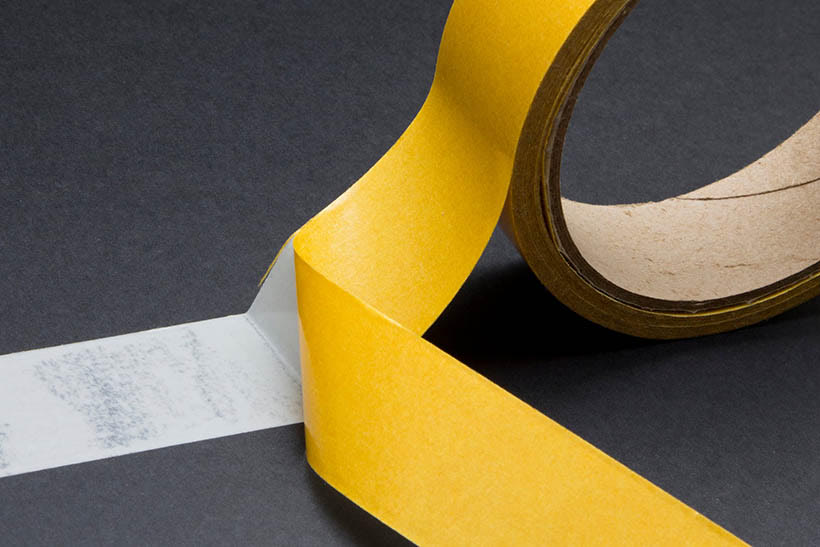[[data.name.value]]
[[metadata.defaultData.name]]
[[data.title.value]],
[[metadata.defaultData.title]],
[[data.company.value]]
[[metadata.defaultData.company]]

The Possibilities and Limitations of Using Double-Sided Adhesive Tape On Rough Surfaces
Objects may be mounted, bonded, and fastened together using double-sided adhesive tape, which is a versatile and well-liked adhesive solution. Whether double-sided sticky tape works well on textured surfaces is one frequent query. In this article, we will look into this topic and discuss the possibilities and limitations of using double-sided adhesive tape on surfaces that are rough.

Double-Sided Adhesive Tape:
A coating of sticky material is coated on both sides of a carrier material, such as paper, film, or foam, to create double-sided adhesive tape. The tape may successfully connect two surfaces together thanks to its design. Double-sided tapes may include a variety of adhesives, such as acrylic, rubber, or silicone-based adhesives, each of which has unique properties and performance capabilities.
The Challenge of Rough Surfaces:
since of the irregular roughness, rough surfaces are difficult to adhere to since the adhesive cannot make direct contact with the surface. For the glue to create a solid and long-lasting bind, it must overcome these imperfections. However, dependable adherence on abrasive surfaces is attainable with the appropriate choice of double-sided sticky tape.
Surface Preparation:
To enhance double-sided sticky tape's efficacy on uneven surfaces, proper surface preparation is crucial. To improve adhesion, start by properly cleaning the surface to get rid of any dirt, dust, or oil. If required, the tape's effectiveness may be enhanced by sanding or smoothing the rough surface. To avoid any moisture-related problems, it is also important to make sure the surface is dry before putting the tape.
Application Techniques:
When installing the tape, apply hard pressure to it to provide the best possible adhesion on uneven surfaces. This improves the binding by assisting the glue in penetrating the uneven surface. To guarantee uniform pressure distribution, it could also be advantageous to employ a roller or another comparable equipment. To get the finest effects, it's essential to use the application method as directed by the manufacturer.
Limitations and Considerations:
Although difficult surfaces may be covered using double-sided sticky tape, it's necessary to be aware of the restrictions. Surfaces that are very rough or very uneven could not provide enough contact for the tape to adhere properly. Alternative mounting or bonding techniques, including mechanical fasteners or adhesives, may be more appropriate in certain circumstances.
Conclusion:
If the suitable tape is chosen and the surface is prepared properly, double-sided sticky tape may be applied to rough surfaces. The highest odds of obtaining dependable adherence are provided by tapes made for rough surfaces or with high-tack adhesives. The limits of tape adherence on highly rough surfaces must be taken into account, however. Consult a reputed double sided adhesive tape manufacturer for the best outcomes. They may provide direction and suggestions depending on the demands of your particular application.
Read more
Read less
[[ metadata.translations.contactme ]]